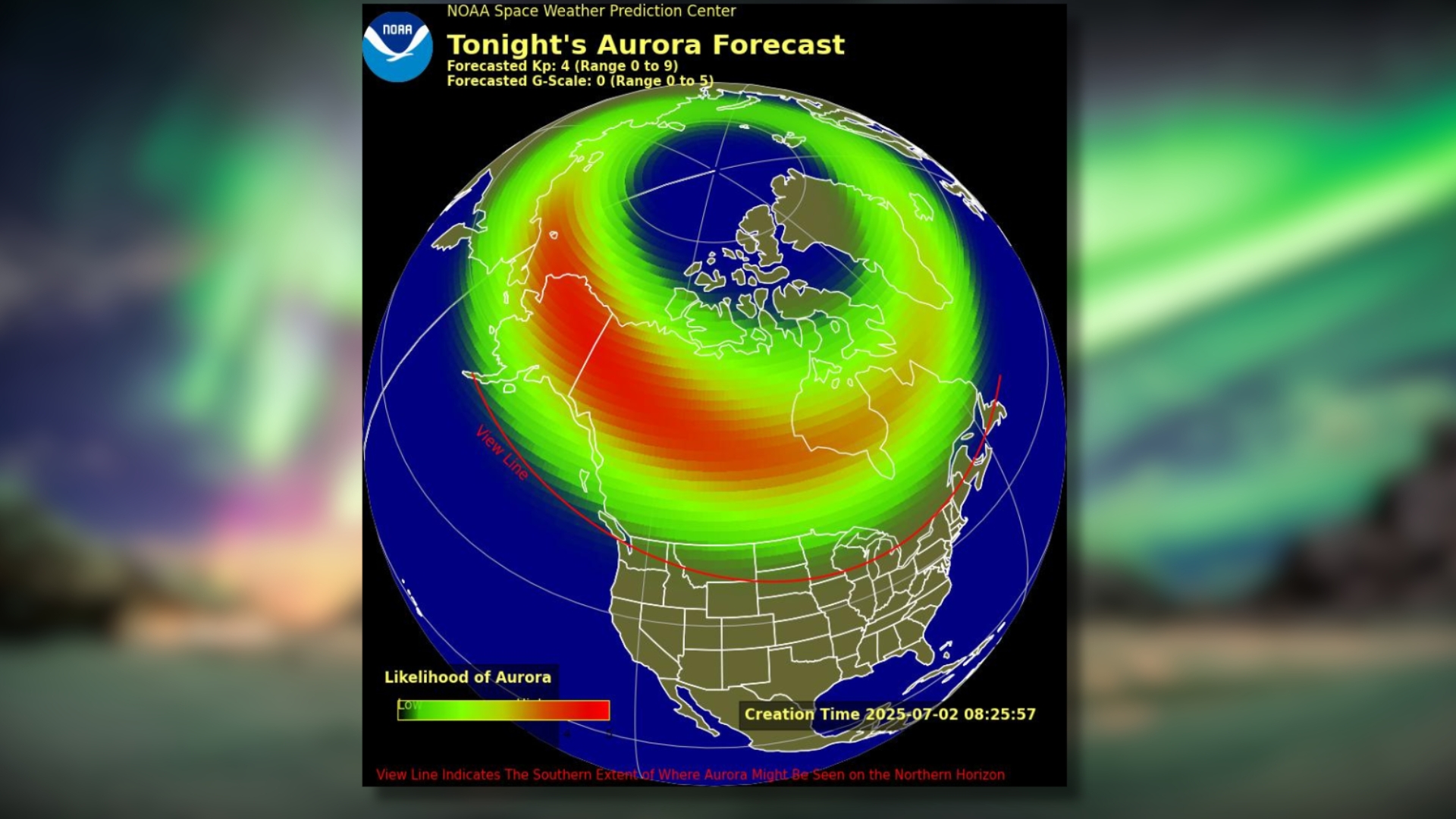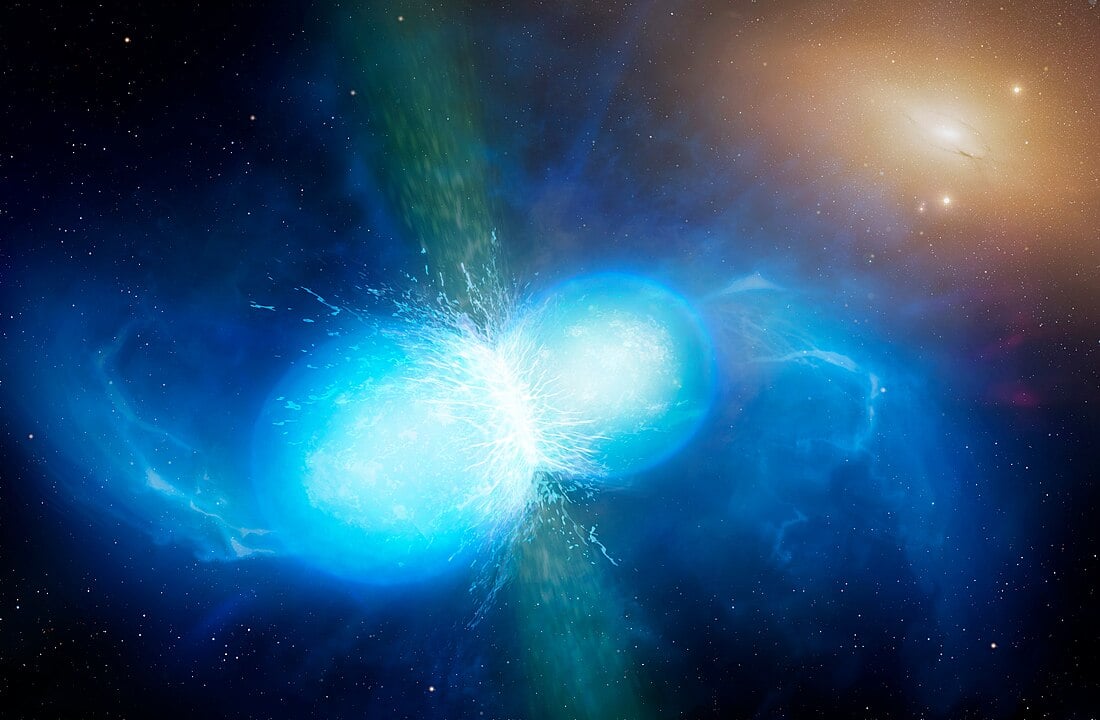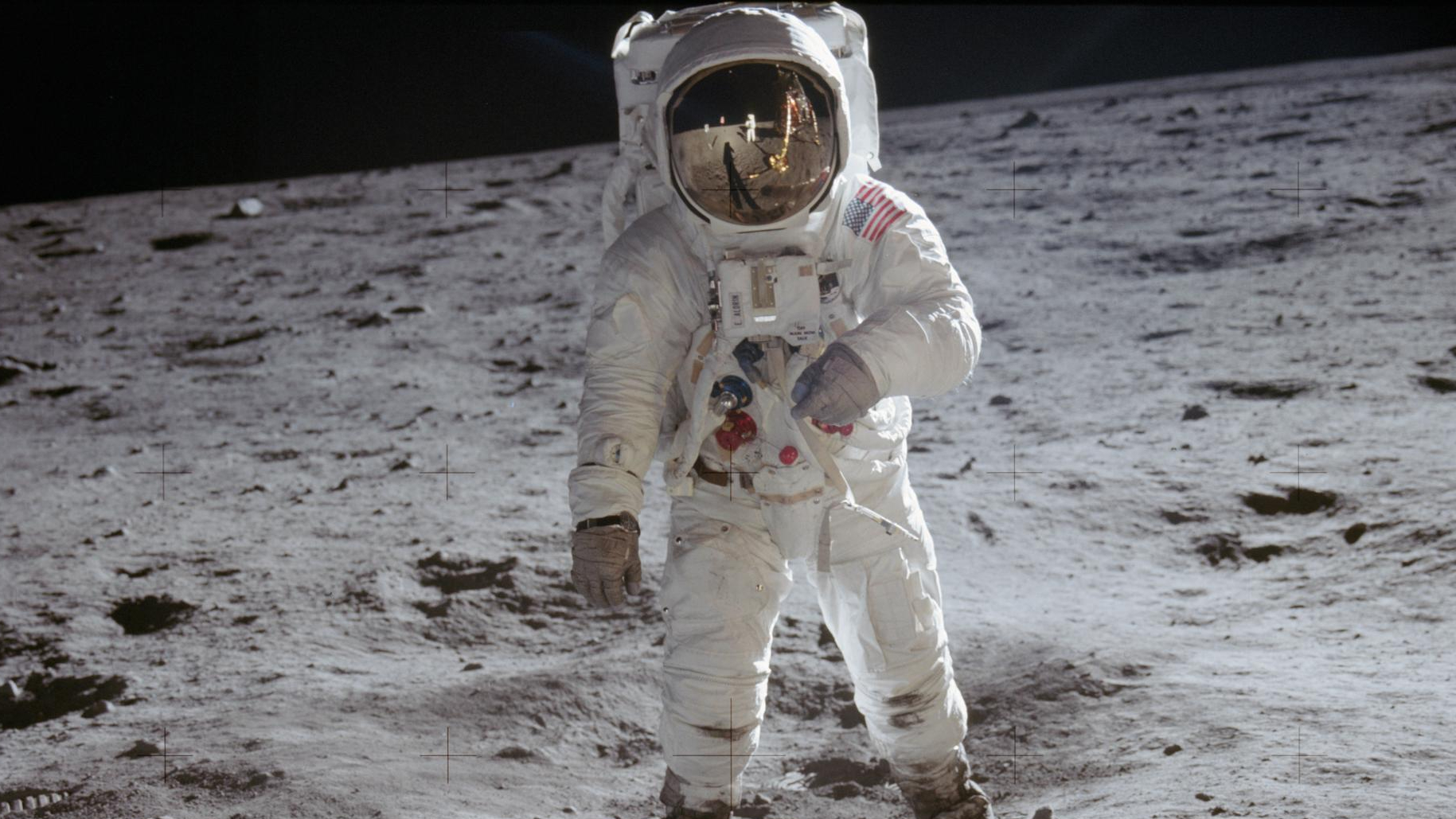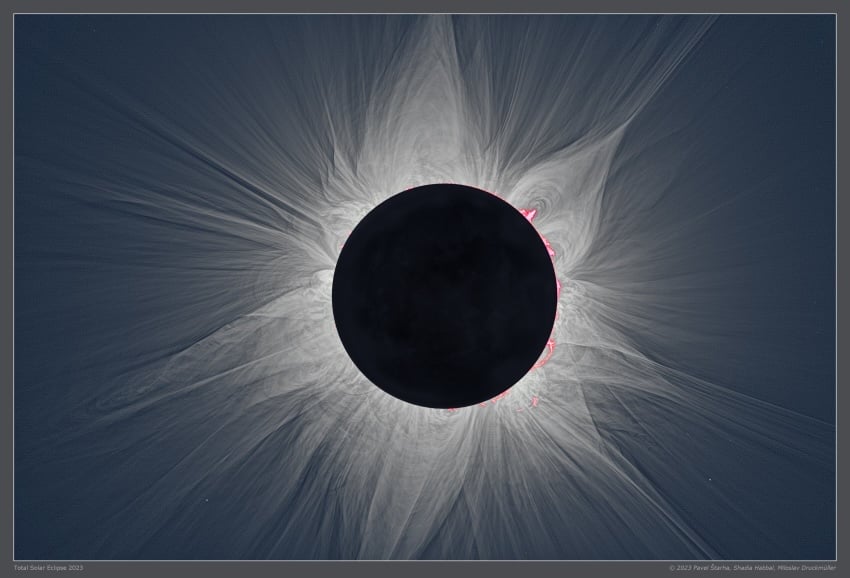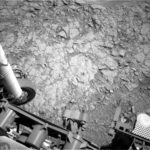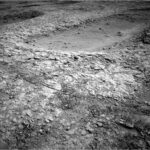Goodbye NASA? – An Era May be Ending – YouTube Watch On On Episode 164 of This Week In Space, Rod Pyle and Tariq Malik discuss these concerning times for
Hot Posts373- Page
Northern lights could put on a show tonight (July 2) as an incoming coronal mass ejection (CME) could spark a geomagnetic storm, according to the National Oceanic and Atmospheric Administration
When Einstein’s predicted ripples in spacetime pass through magnetic fields, they cause the current carrying wires to dance at the gravitational wave frequency, creating potentially detectable electrical signals. Researchers have
Early risers will get a rare opportunity to see something extraordinary in the early hours of July 18 — the dark shadow of Saturn’s largest moon, Titan, sweeping across the
View larger/ full image. | European Southern Observatory’s Very Large Telescope (VLT) in Chile took this image of the young, massive exoplanet HD 135344 Ab. It is only about 12
WASHINGTON — A draft House spending bill would keep NASA’s overall budget flat in fiscal year 2026 but shift money to exploration from science and other accounts. To continue reading
Blue Origin’s first launch of its New Glenn rocket was supposed to send up a pair of Mars-bound satellites for NASA, but uncertain readiness plans last year forced NASA to
On July 20, 1969, Apollo 11 astronaut Neil Armstrong announced his historic arrival on the ancient lava plain of Mare Tranquillitatis with the following message to NASA: “Houston, Tranquility Base
Why wait for rare solar eclipses? ESA’s Proba mission can now create an artificial solar eclipse once a day. Now, a UK-led mission could do the same trick, but using
Explore Hubble Hubble Home Overview About Hubble The History of Hubble Hubble Timeline Why Have a Telescope in Space? Hubble by the Numbers At the Museum FAQs Science Hubble Science
-
 012024 in Review: Highlights from NASA in Silicon Valley
012024 in Review: Highlights from NASA in Silicon Valley -
 02Panasonic Leica Summilux DG 15mm f/1.7 ASPH review
02Panasonic Leica Summilux DG 15mm f/1.7 ASPH review -
 03How New NASA, India Earth Satellite NISAR Will See Earth
03How New NASA, India Earth Satellite NISAR Will See Earth -
 04And Thus Begins A New Year For Life On Earth
04And Thus Begins A New Year For Life On Earth -
 05Astronomy Activation Ambassadors: A New Era
05Astronomy Activation Ambassadors: A New Era -
06SpaceX launch surge helps set new global launch record in 2024
-
 07Space Force plans new ‘Futures Command’ amid pressure to speed up modernization
07Space Force plans new ‘Futures Command’ amid pressure to speed up modernization



